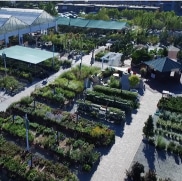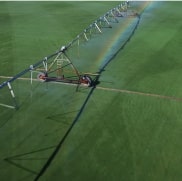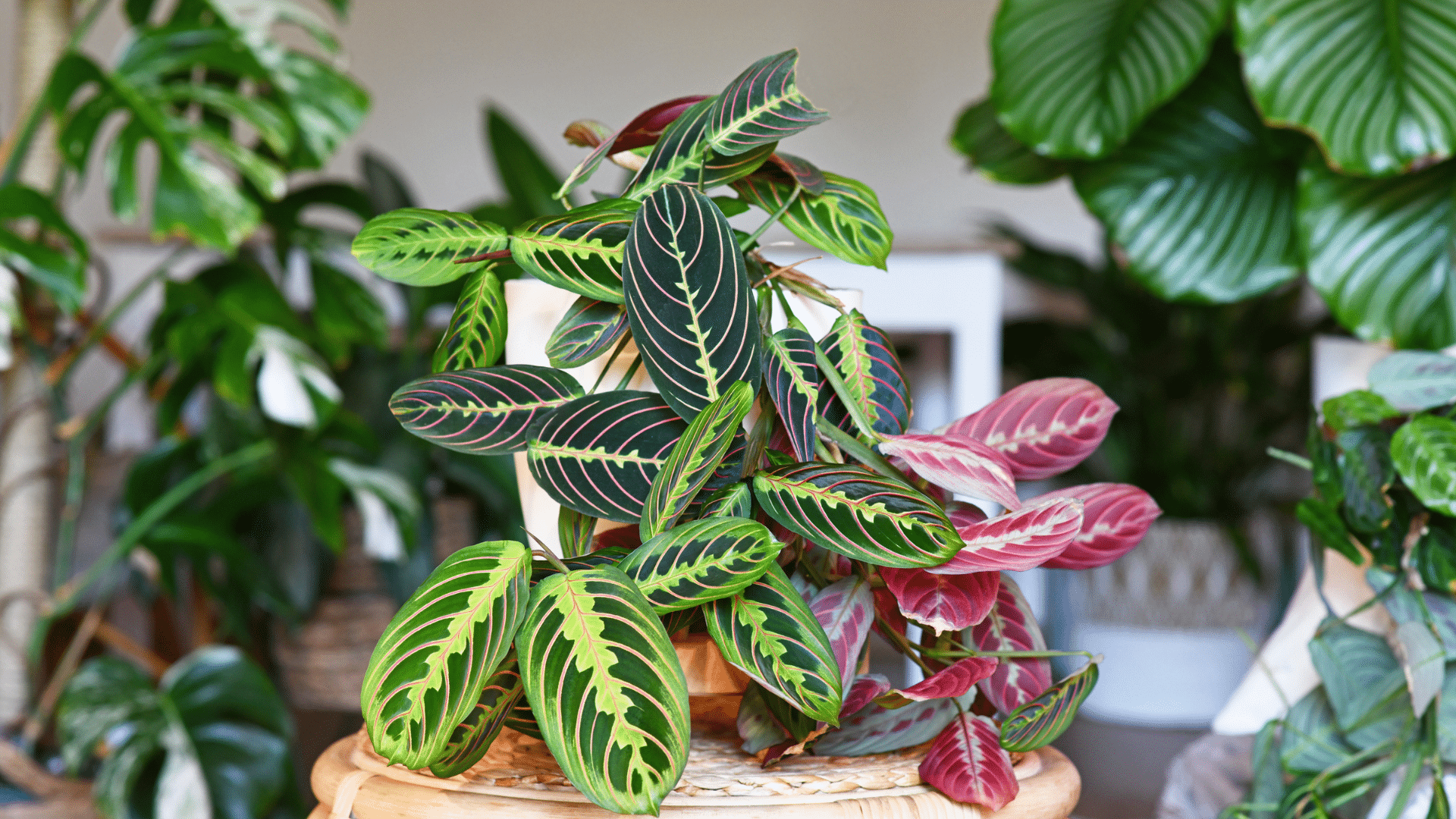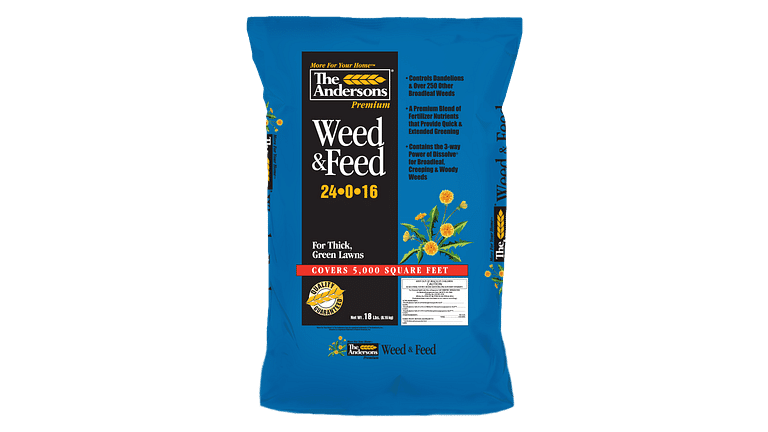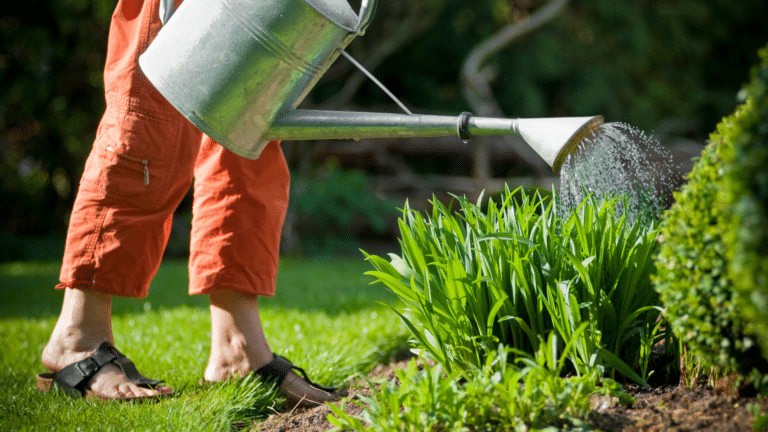Introduction:
- Water, Light, Fertilizer is essential for the care of Houseplants in the home. It’s important to know what type you have to know the specific care for it. Generally, if you pay attention to plants, they will tell you what they need. Houseplants cleanse the air by removing harmful toxins.
- Benefits: removes stress, improves productivity, improves sleep, adds life to areas
- Many plants are long term, think about space and future growth.
- Plants can also be seasonal or annual and look good for a short time but then may be placed outside to rejuvenate or may need special care.
- Additional needs for the success of houseplant care are watering cans, mister bottles, saucers, grow lights, pruners/scissors, insecticide, fertilizer.
Watering Houseplants:
- Dependent on variety of plant, location, soil type, container, air movement, season.
- Always check soil before watering, use the finger test down to second knuckle
- Water when soil is almost dry, never water when soil is soggy wet.
- Keep the soil an evenly consistent dry to moist.
- Avoid a set schedule to water, Water only when the plant needs it.
- Overwatering deprives the roots of oxygen and saturates the roots so they cannot bring water up to the plants
- Don’t let water sit in the bottom saucer, water may have run through fast if the soil was dry, allow to soak a little. If soil is moist, remove the excess.
- Look at the plant for droopy or curled leaves. Is the pot heavy (filled with water) or light, this is another way to determine whether to water or not?
- Tap water is fine. Allow to sit overnight to stabilize to room temperature and for chlorine in water to evaporate out.
Light:
- A new plant needs to acclimate to its new environment and light conditions. It is normal for a few leaves to drop or yellow when first bringing it home.
- Most houseplants will do fine in a bright filtered light.
- Some plants like cactus or figs will benefit from a sunny window
- Once it is placed in an appropriate spot, avoid moving it from place to place.
- Rotating the plant in place will help the plant receive equal light on all sides.
- Leaves that grow smaller or stretch in one direction need more light.
- Leaves that are burned or have scorch patches are receiving too much sun
- Artificial light, as in offices, are fine for low light plants.
- Additional light for the short days of winter will help higher light plants.
- Fluorescent or LED lights on from 4 pm. to 9 pm. will be beneficial.
- Generally, houseplants need 8 to 12 hours of light.
Temperature/Humidity:
- Houseplants can tolerate temperatures without issue from 45 to 100 degrees.
- Normal house temperatures of 65 to 75 degrees are fine for plants.
- Plants prefer 40 to 60% humidity that is achieved in rainy springs and summer.
- Winter months are dry and warm in the house. Humidity can be made with a tray or jar of pebbles and water. Adding a mister bottle or humidifier will be beneficial.
Fertilizer:
- Houseplants need to be fertilized to replenish the nutrients in a confined soil
- Fertilizer comes in liquid, granular, sticks and formulated for the variety of plant
- Follow the directions for the amount to use according to size and type of plant
- Generally, once or twice a month during the warm growing seasons
- Winter fertilization can be done at half strength or stopped depending on conditions.
- With fertilization comes salt buildup on top of the soil. Removing this white crusty buildup every few months will prevent a toxic soil
- Leaching the soil every few months will also flush out concentrated fertilizer that may have built up during normal waterings and drying of the soil.
Containers/Soil:
- Containers can be clay, ceramic, plastic, composite, fiberglass, wood and metal.
- Ceramic is most common, as with plastic is not porous and soil stays moist longer.
- Clay is porous and requires frequent watering.
- Whichever pot choice is used, it should have a drainage hole
- When repotting a plant, choose the next size that is 1 to 2” larger all around
- An all-purpose potting soil is sufficient for most tropical houseplants. Specific soils are available for cacti or orchids that need a certain soil.
- Repot a houseplant when: it is top heavy or overgrown, Roots grow out of the bottom or top, water runs through it quickly, has been in same container for years
- Always leave an inch or two from the top of the container open for watering needs
- Another option to refresh the soil is to add new soil to the top and to let it absorb into the existing soil. Avoid building up soil around the stems of the plant.
- Remember once in a larger container, the more the roots grow the larger the plant will grow. And the larger soil area, the more moisture retention
Grooming Houseplants:
- Plants are living things, pruning and cleaning are necessary to improve the health and appearance of the plant
- Remove older dried leaves or trim leaves that have brown tips just below, with scissors
- Pruning overgrown plants will reduce leaf surplus and help the root system.
- Same with pinching smaller plants, it will keep new growth coming and the plant full.
- Dusting leaves keeps the leaf open for light and photosynthesis, a shower works also
- Bringing plants indoors from the summer outside, always check for insects in the soil and on the plant. Prune back when necessary.
- Plants from outdoors will need to acclimate to indoor conditions, they may acquire more attention with water and light as they drop leaves.
Problems:
- Have a spray bottle of insecticidal soap or indoor plant insect spray available for any problems that may occur
- A systemic granular insecticide poured on the soil will help with scale and mealy bug.
- Keeping conditions optimal for houseplants will help deter insects and disease. Proper watering, light, fertilization, humidity, soil and grooming will keep houseplants happy.


